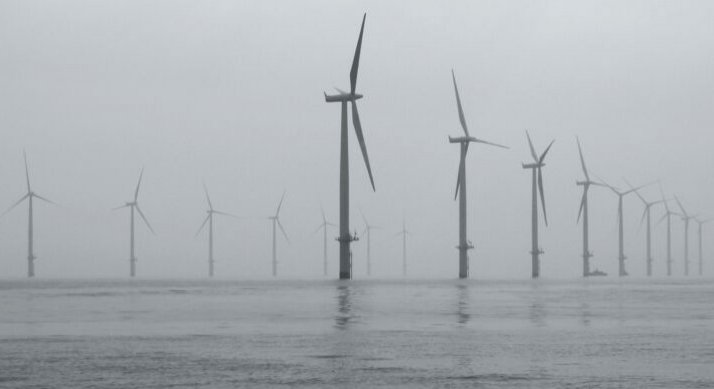
Enlarge (credit: Paul / Flickr)
Once renewable sources of electricity meet or beat the costs of fossil fuel generation, everything changes. With the immediate financial benefit just as clear as the long-term environmental benefit, utilities turn their attention to how to make it work rather than debating whether it’s worth the investment. Solar and onshore wind technologies have hit this point in recent years, but the unique challenges presented by offshore wind have required different solutions that have taken time to mature. Governments have provided some subsidies to encourage that progress, and global capacity grew to 28 gigawatts last year. But those subsidies make it trickier to calculate how close to cost-competitive offshore wind has become.
A team led by Imperial College London’s Malte Jansen worked to compare 41 offshore wind projects in Europe going back to 2005. The researchers’ analysis suggests offshore wind, at least in Europe, is on the cusp of dropping below the price of more traditional generating plants.
Subsidies and auctions
Bids for constructing these offshore wind farms came in through national auctions, which included subsidies with varying structures. They all offered guaranteed prices for the generated electricity. Some promise to pay the difference when the market rate drops below the guarantee while allowing the wind-farm operator to increase profits when the market rate rises above the guarantee. Others require the utility to return excess profits when the market rate is high. And each country has a different limit on how long the guarantees last, whether that’s a set number of years or a set amount of electricity sold.
No comments:
Post a Comment